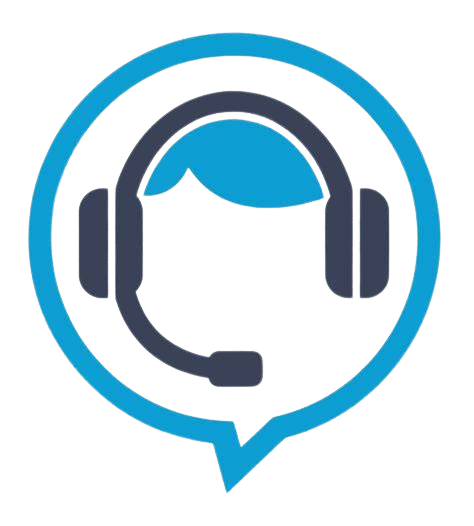Sigmoidoscopy
Flexible Sigmoidoscopy is the visual examination of the 1-2 feet of large intestine (colon) using a lighted, flexible fiberoptic or video endoscope. The colon begins in the right-lower abdomen and looks like a big question mark as it moves up and around the abdomen, ending in the rectum. It is 5 to 6 feet long. The colon has a number of functions including withdrawing water from the liquid stool that enters it so that a formed stool is produced.
Equipment
The flexible colonoscope is a remarkable piece of equipment that can be directed and moved around the many bends in the colon. The video endoscopes use a tiny, optically sensitive computer chip at the end. Electronic signals are then transmitted up the scope to a computer which displays the image on a large video screen. An open channel in these scopes allows other instruments to be passed through in order to perform biopsies, remove polyps or inject solutions.
Reasons for the exam
There are many types of problems that can occur in the colon. The medical history, physical exam, laboratory tests and x-rays can provide information useful in making a diagnosis. Directly viewing the inside of the colon by colonoscopy is usually the best exam.
Flexible Sigmoidoscopy may be used for evaluation of:
- Rectal pain or bleeding
- Evaluation of Colitis (ulcerative or Crohn’s) — chronic, recurrent inflammation of the colon
- Diverticulosis and diverticulitis — pockets along the intestinal wall that develop over time and can become infected
- Chronic diarrhea, constipation, or a change in bowel habits
Preparation
To obtain the full benefits of the exam, the colon must be clean and free of stool. The patient receives instructions on how to do this. It involves drinking a solution, using laxatives or using enemas to clean the left side of the colon. The physician advises the patient regarding the use of regular medications during that time.
The Procedure
Flexible sigmoidoscopy is usually performed on an outpatient basis. The patient may or may not be sedated for this procedure. The endoscope is inserted through the anus and moved gently around the bends of the colon. If a polyp is encountered, a thin wire snare is used to lasso it. Electrocautery (electrical heat) is applied to painlessly remove it. Other tests can be performed during this procedure, including biopsy to obtain a small tissue specimen for microscopic analysis.
The procedure takes 5 to 10 minutes and is seldom remembered by the sedated patient. A recovery area is available to monitor vital signs until the patient is fully awake. It is normal to experience mild cramping or abdominal pressure following the exam. This usually subsides in an hour or so.
Results
After the exam, the physician explains the findings to the patient and family. If a biopsy has been performed or a polyp removed, the results of these are not available for three to seven days.
Benefits
A flexible sigmoidoscopy can directly inspect the rectum, and left side of the colon. This procedure however, is not adequate to evaluate rectal bleeding, especially, if a full colon exam has not been performed in the previously. Like a colonoscopy, biopsies can be performed, and polyps can be removed at the time of the procedure. If a bleeding site is identified, treatment can be administered to stop the bleeding. Other treatments can be given through the endoscope when necessary.
Side Effects and Risks
Bloating and distension typically occur for about an hour after the exam until the air is expelled. Serious risks with colonoscopy, however, are very uncommon. One such risk is excessive bleeding, especially with the removal of a large polyp. In rare instances, a tear in the lining of the colon can occur. These complications may require hospitalization and, rarely, surgery. Quite uncommonly a diagnostic error or oversight may occur.
Due to the sedation, the patient should not drive or operate machinery following the exam. For this reason, someone should be available to drive the patient home.
Summary
Flexible sigmoidoscopy is an outpatient exam, and may be performed without sedation. While this procedure does not examine the entire colon, it can provide information regarding the rectum, and left side of the colon. Serious complications rarely occur from sigmoidoscopy.



